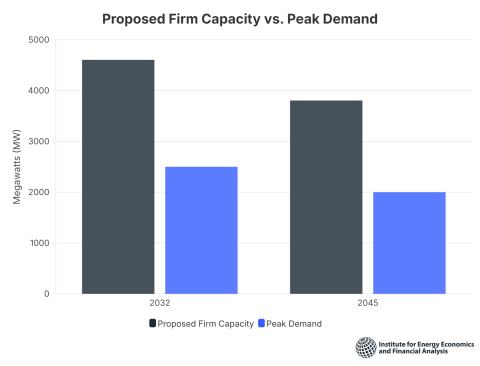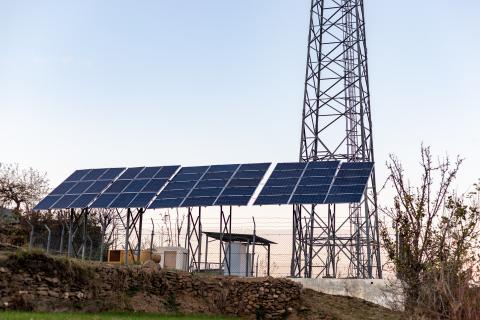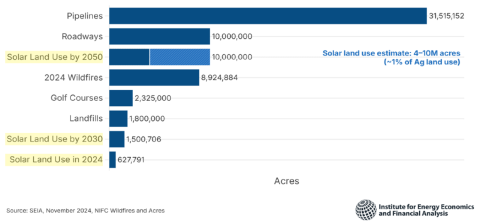
Key Findings
Low natural gas prices have meant significantly lower energy market prices already in ERCOT, as the price of natural gas is the primary driver of electricity prices in ERCOT.
Dramatic increases in wind and solar PV capacity on the ERCOT grid are changing the market. These increases are due in large part to steep declines in solar and wind installation costs, improved operational efficiencies, transmission upgrades and increased interest in carbon-free resources.
The addition of more wind and solar capacity in ERCOT in coming years will increase the economic and financial stress on coal-fired generators.
Executive Summary
Fundamental changes in the Texas electricity market are putting coal-fired power plants under increasing economic and financial stress and the industry today is under siege from a number of challenges:
- The collapse of natural gas prices and subsequent declines in the cost of generating power and increases in the generation at natural gas-fired power plants.
- Increased competition from thousands of megawatts (MW) of new wind and, increasingly, solar photovoltaic (“solar PV”) resources due to steep declines in installation prices, improved operating efficiencies and transmission upgrades.
- Low energy market prices in the ERCOT (Electric Reliability Council of Texas) deregulated wholesale markets, driven by lower natural gas prices and increased generation from renewable resources.
- Sharp reductions in generation from coal-fired plants as their output is displaced by renewable and natural gas-fired capacity. Although coal-fired plants generated 39 percent of the electricity in ERCOT in 2015, they provided only 24.8 percent of the power by May 2016.
- New public health and environmental regulations that give owners of coal-fired plants pause on whether to make expensive investments in their aging coal plant(s).
These circumstances have combined to undermine the profitability of the companies and public power utilities and power agencies that own coal-fired power plants.
The Institute for Energy Economics and Financial Analysis in this report examines the financial viability of seven such plants in Texas. Four are merchant generators—the Big Brown, Martin Lake and Monticello plants owned by EFH’s Luminant subsidiary and the Coleto Creek plant owned by Dynegy. The other three are public power utilities or power agencies—the Fayette Power Project, Gibbons Creek, and J.K. Spruce Unit 1. The 8,100 MW of capacity from these seven plants represents a little more than 40 percent of the total coal-fired capacity in ERCOT.
Please view full report PDF for references and sources.
Press release: IEEFA Report: ‘Beginning of the End’ of Texas Coal-Fired Electricity Industry; Rising Competition From Wind and Solar














